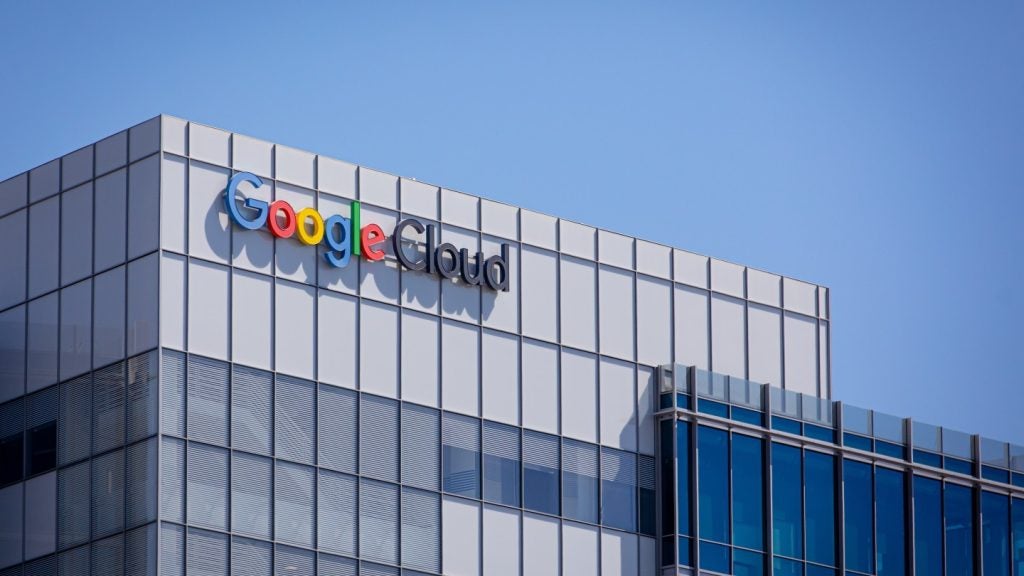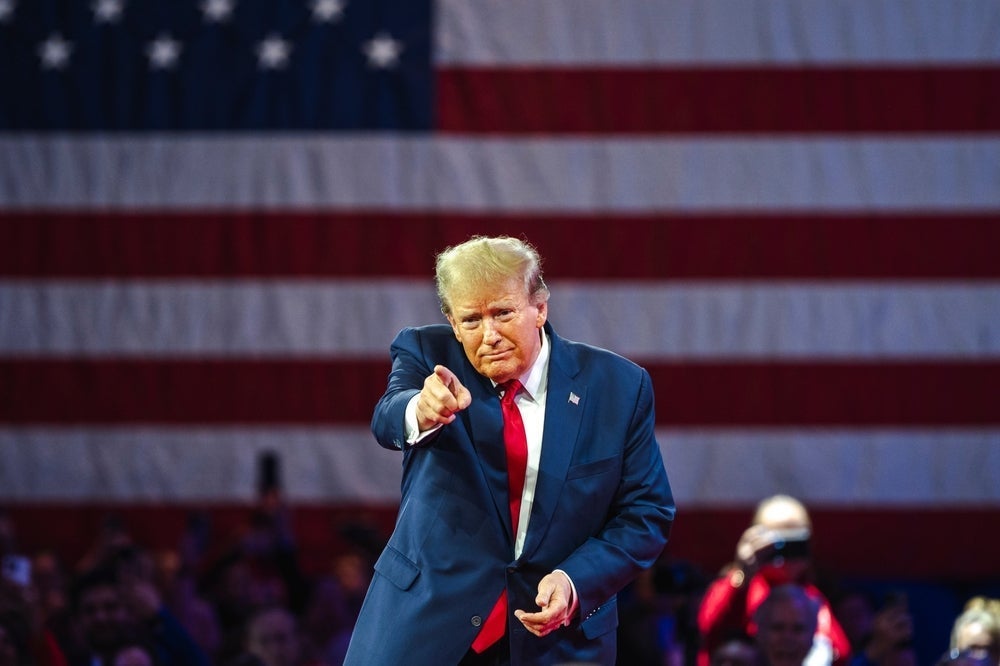As a cultural product, gaming dwarfs both Hollywood and music combined, and the arrival of 5G is only likely to increase its reach. FMCG brands should contemplate how they can utilize this to engage with their customers, says GlobalData.
Gaming is booming; according to GlobalData’s thematic report, Video Games, the market will grow from $131bn in 2018 to $305bn in 2025, at a compound annual growth rate (CAGR) of 13%, while esports is expected to value around $2 billion by 2025. Despite being over 70 years old, the video games industry continues to evolve, combining with new technology and bridging the taxonomies of services, media and product.
Despite the innovative and evolving nature of video games, the medium remains an under-utilized framework regarding FMCG engagement with the audience. The convergence of 5G and the next generation of Cloud-based gaming services from Microsoft, Sony, NVIDIA, Google and Amazon will provide FMCG brands with new models of interaction. In order to succeed in this space, FMCG companies must coordinate and innovate within the user’s desired experience.
In the coming years, gamers will have the release of the Playstation 5 and Xbox Series X, as well as Google’s Stadia, Nvidia’s GeForce Now and Amazon’s projected game-streaming service. Of course, Netflix and Prime have fundamentally altered how we consume TV, and there’s the potential for this to do the same to the gaming landscape. Large change brings with it an opportunity for brands that attend to other needs, such as FMCG, to the fore in innovative ways.
The increased prevalence of smartphones and tablets has led to more casual gaming on mobile devices across multiple demographic groups. This is a very substantial cross-sectional group that FMCG companies can target through sponsorship and advertising. We can expect to see more of this the increased targeting of main shoppers in the UK, gamers who are typically female, who play games on their mobiles at specific times of the day. In 2017, Radox actually won an award for the Most Effective Native Advertising Campaign through their sponsored content campaign in Angry Birds. This campaign combined official Angry Birds gaming mechanics with their product and algorithms that targeted when female shoppers were most active.
Free-to-play games are also popular with a wide casual player base. Their simple, disposable nature and interaction with ads for in-game rewards are popular with advertisers and often an acceptable trade-off for consumers. As streamable games become more complex, further converging on console gaming quality, it’s possible that the free-to-play model and mass-sponsorship by FMCG brands could be adapted for the new era of streaming. Gaming studios could enter tie-ups with FMCG companies for free-to-play streaming periods on new or classic games, or FMCG companies could promote relevant sponsored content in the games that utilize the official game mechanics.
How well do you really know your competitors?
Access the most comprehensive Company Profiles on the market, powered by GlobalData. Save hours of research. Gain competitive edge.

Thank you!
Your download email will arrive shortly
Not ready to buy yet? Download a free sample
We are confident about the unique quality of our Company Profiles. However, we want you to make the most beneficial decision for your business, so we offer a free sample that you can download by submitting the below form
By GlobalDataThe key to next-gen advertising will not be bombarding the user with annoying, unskippable ads, it will be through providing content that consumers actually want to experience. This will be the kind of advertising that will win awards and create brand loyalty, and it will be profitable for all concerned.









Related Company Profiles
NVIDIA Corp
Microsoft Corp
Sony Group Corp
Netflix Inc
Amazon.com Inc